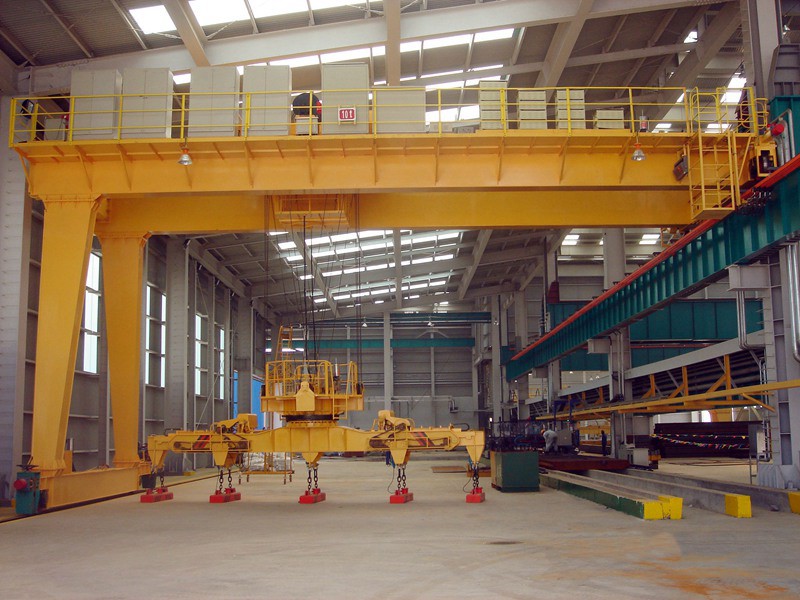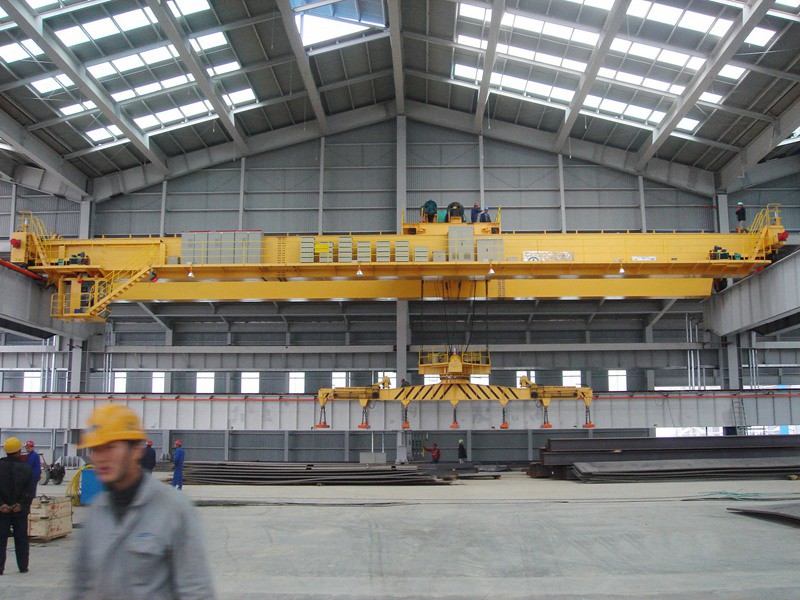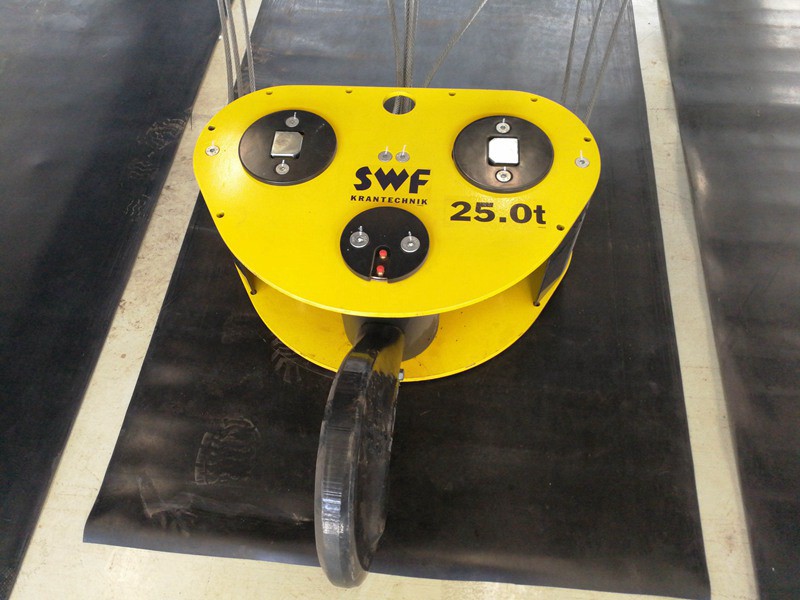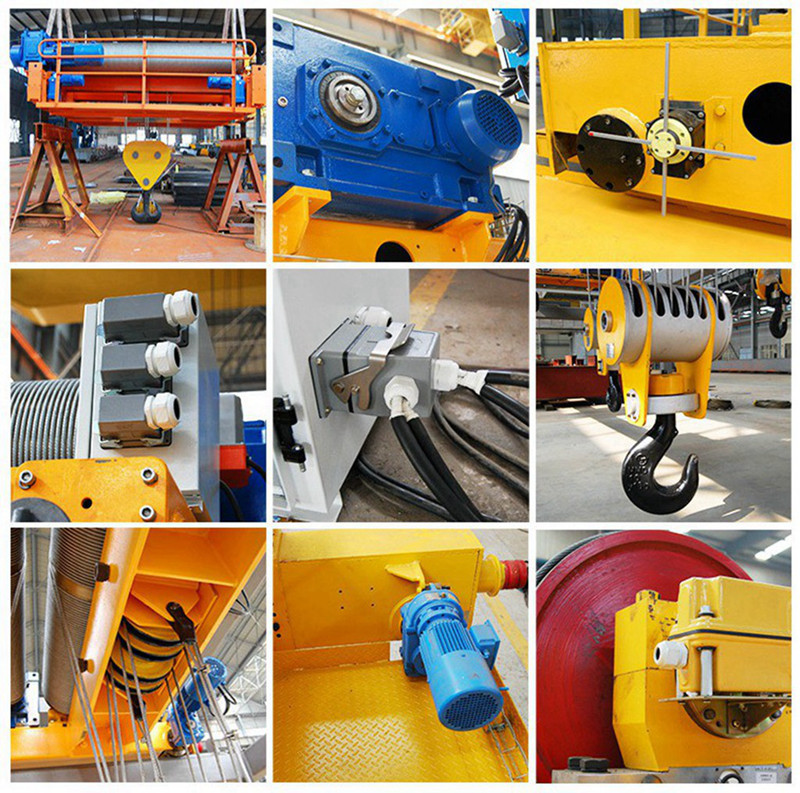Sinoko Double Beam Electric Magnet Overhead Crane mainly consists of bridge, crane traveling mechanism, trolley, electric equipment and electromagnetic chuck. When used, the rotary part of the hanger of electromagnetic disk must be locked up with screws and no rotation is allowed. The crane mainly relies on the magnet, using the electromagnetic principles, then through electricity and magnetic plate to suck the goods firmly hanging to the designated place. Cut the electricity, steel and irons will be lay down. It is the most convenient crane to transfer the scattered sheet metal.
Key components of a magnetic overhead crane
Bridge: The bridge is the horizontal beam that spans the width of the facility or working area. It supports the trolley and hoist system and moves along the runway, allowing the crane to cover a large area.
Runway: The runway consists of a set of parallel rails or beams mounted on the walls or columns of the facility. The bridge moves along the runway, enabling the crane to traverse the length of the workspace.
Trolley: The trolley is a mobile platform that moves along the bridge, allowing lateral movement of the load. It carries the hoist and electromagnet system.
Hoist: The hoist is the lifting mechanism used to raise and lower the load. It typically consists of a motor, gearbox, and wire rope or chain.
Electromagnet: The electromagnet is the key component that differentiates a magnetic overhead crane from other types of overhead cranes. It is designed to lift and hold ferrous materials securely. When energized, the electromagnet generates a strong magnetic field that attracts and holds the load. Once the current is turned off, the magnetic field dissipates, and the load is released.
Control system: The control system allows the operator to manage the crane's various functions, including lifting, lowering, and moving the load, as well as activating and deactivating the electromagnet. Controls can be located on a pendant, a remote control, or within a control room.
Safety features: Magnetic overhead cranes often include safety features such as overload protection, emergency stop buttons, and fail-safe designs that ensure the load remains secure even in the event of a power failure.
1. Rugged-all-welded construction with good moisture-proof
2. Optimized design by computer with reasonable structure, high suction weight ratio and low energy consumption.
3. Energizing coils processed by special technology with improved electrical and mechanical performance; heat-resistance grade of insulation material grade C with long using life.
4. High temperature type electromagnet adopting unique method of heat-protection. Temperature limit of the attached items is increased from 600~700 degree, which expands application range of lift electromagnet.
5.Easy and convenient installation, operation and maintaince.
6. It is special magnetic pole is suitable for round coil with different diameters; selection of electromagnet depends on the length of round coil. If the electromagnet is long enough at a time.

















